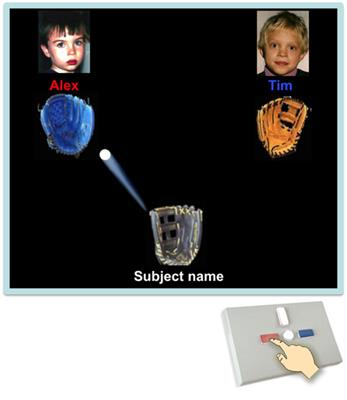

Books.google.de - Social skills are at the core of mental health, so much so that deficits in this area are a criterion of clinical disorders, across both the developmental spectrum and the DSM. The Practitioner’s Guide to Empirically-Based Measures of Social Skills gives clinicians and researchers an authoritative. Brinkmann Electric Smoke N Grill Instructions. Practitioner's Guide to Empirically Based Measures of Social Skills.
Berkeley Puppet Interview (BPI) Since the first publication of psychometric data in 1998 (Measelle, Ablow, Cowan, & Cowan, 1998, Child Development ), the Berkeley Puppet interview (BPI) has been included as a measure in over 100 published peer-reviewed studies, has been translated into 7 different languages, and has been identified as an “evidence based” assessment tool for preschoolers and children ages 4 to 8 years. Please click here to see a list of training workshops and labs that have used the BPI (list). Overview of the BPI Thank you for your interest in the Berkeley Puppet Interview (BPI). Sonalksis Stereo Tools Vstarcam. The BPI, building on a rich tradition of using puppets in clinical and research applications, was developed (Ablow & Measelle, 1993) to address the absence of standardized methodologies appropriate for measuring young children's perceptions of themselves and their environments. Using an interactive technique for interviewing children, the BPI blends structured and clinical interviewing methods.
1998 Dec;69(6):1556-76. Assessing young children's views of their academic, social, and emotional lives: an evaluation of the self-perception scales of the Berkeley Puppet Interview. Measelle JR(1), Ablow JC, Cowan PA, Cowan CP. Author information: (1)Department of Psychiatry and Behavioral Sciences,. Berkeley Puppet Interview Manual Muscle. UK Government Says Almost All Drones Will Now Need to Be Registered. The government of the UK said on Saturday all drones larger than 2. Americans—will need to be registered with the Department of Transport following a report by aviation authorities.
During the actual BPI interview, two identical hand puppets (tan-colored puppy dogs named 'Iggy' and 'Ziggy') make opposing statements about themselves and then ask children to describe themselves. For example, Iggy: I have lots of friends. Ziggy: I don't have lots of friends Iggy: How about you? Ziggy: My parents' fights are about me Iggy: My parents' fights are not about me Ziggy: How about your parents? Rather than use a forced-choice or recognition-task response format, the BPI allows children to respond in ways that are most natural and comfortable to them, with the goal of promoting a fluid and unselfconscious dialogue between a child and the puppets. The majority of young children interviewed with the BPI respond verbally, either by describing themselves or by indicating which puppet is most like them. Other children use limited verbal responses, such as naming one of the two puppets, or by responding in non-verbal ways, such as pointing to a puppet.
To capture the range of individual differences in young children's responses, the BPI uses an extensive, rule-based coding system. Regardless of whether children's responses are verbal, non-verbal, elaborated, or limited, the BPI's coding system provides coders with the parameters needed to make sense of the varied ways that 4- to 8-year-old children respond to interview items. Specifically, guidelines have been developed to help coders decipher figures of speech, reasoning processes, and conditional responses that reflect ambivalent self-perceptions or uncertainty due to a lack of experience with a particular issue. Published results demonstrate that the BPI is a reliable and valid measure of children's perceptions. Children understand the questions and become unselfconsciously engaged in dialogue with the puppets, giving differentiated and coherent responses in the process. One of the key findings in these studies has been that the agreement between young children and adult informants tends to be as strong if not stronger than the level of agreement between pairs of adult informants.